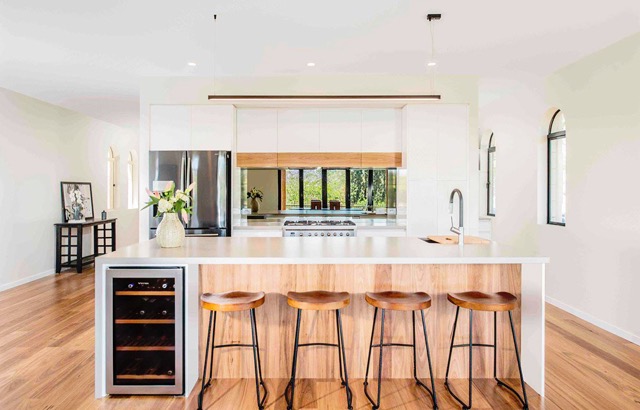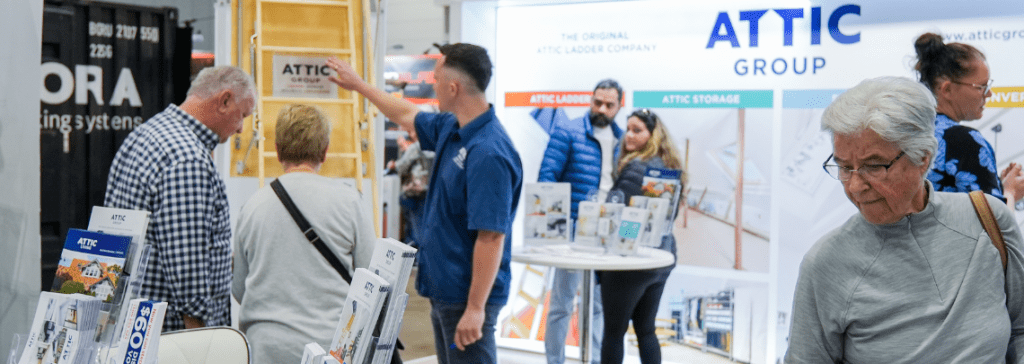Lately, ‘passive design’ has become a buzzword in renovation chats around Sydney. Simply put, it’s designing a building by taking advantage of the site and local climate conditions to naturally maintain a comfortable temperature-range throughout the year by making best use of sunlight, shade and natural ventilation. This reduces the need for heating/air-conditioning, and helps reduce those soaring power bills! In 2018-2019, energy prices are anticipated to increase by another 6.9%.
The key factor to consider is the angle of the sun throughout both summer and winter, and the solar penetration into the house. The trick is to allow the low winter sun from the North into the house to warm it during cold times, but not allow the high summer sun to hit the window glazing.
Here are some tips to apply passive design:
- One of the easiest ways to ‘do passive design’ is to shade the west facing windows with thick curtains, blinds or external awnings to avoid the hot afternoon sunshine in summer. Adjustable louvres or blinds to North facing windows can be opened up to capture winter sun.
- Australian homes leak two to four times more warm/cold air than European homes. Sealing can be improved by: covering gaps around doors/windows, and even avoiding downlights as the metal components conduct heat that rise up to the roof.
- Flush out heat by opening up ventilation passageways, along with the use of ceiling fans. Louvres, sliding and outward opening windows are ideal choices.
- Choosing high thermal mass building materials such as brick, stone, tiles, polished concrete and compressed earth for flooring and internal walls will help soak up the heat. These materials help to regulate room temperatures in winter too, as the low angled sun hits the floor or walls; the heat is stored in the material and released at night.
- In addition to the ceiling, consider insulating all floors, roofs and walls.
- Plant deciduous trees. They are ideal for protecting north-facing windows. Due to their capacity to be full in the hottest parts of the year and bare in the coldest (shedding leaves annually), they let in winter light while sheltering the house from the hottest summer rays.



